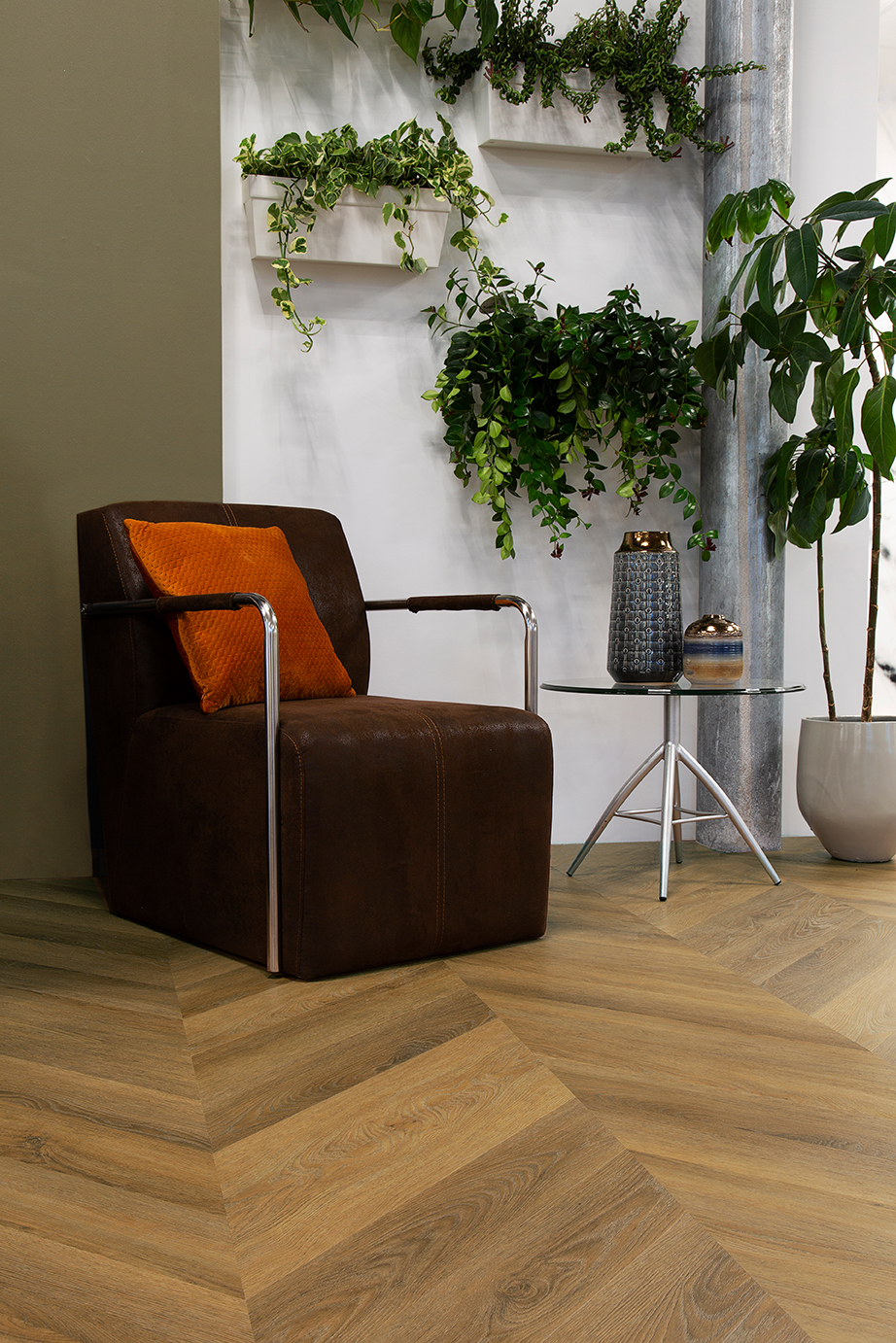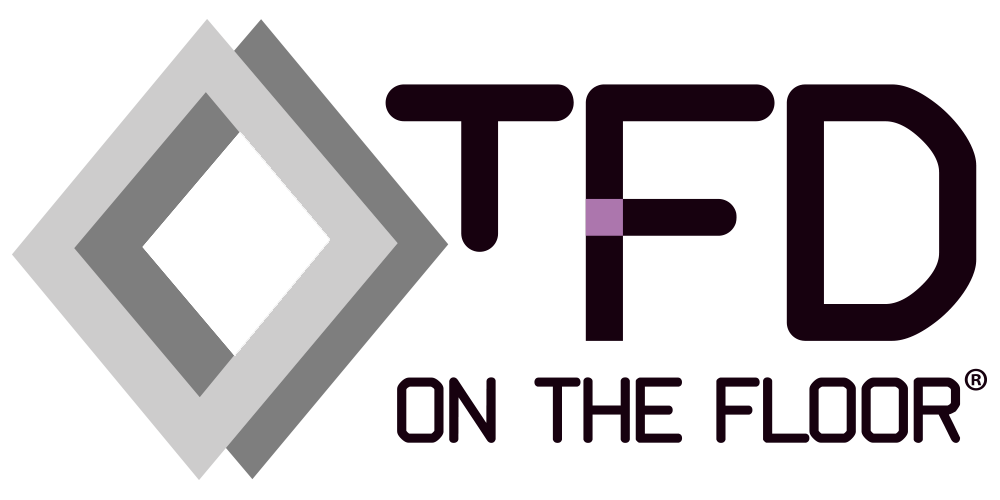General guidelines under-floor heating:
- Under-floor heating systems must be installed in accordance with the supplier’s instructions. Incorrectly installed under-floor heating systems can cause the screed to come loose and/or cause the floor covering to deform.
- The liability of the floor finish installer and his suppliers does not include damage to the floor finish and/or under-floor heating pipes if they have been incorrectly installed, whereby top layers are unable, or barely able, to offer any kind of effective cover.
- After minimum 28 days of installing the screed, slowly heat the water in the under-floor heating system in steps of maximum 5° C per day.
- One must then make sure that the under-floor heating is continuously operational for a period of 14 days. This is done to allow the floor to settle, and cause any residual moisture to quickly evaporate from the floor.
- Switch off the under-floor heating minimum 24 hours before installing the levelling layer/floor covering.
- Switch on the under-floor heating after minimum 24 hours after installing the levelling layer/floor covering, and gradually increase the water temperature in steps of maximum 5° C per day.
CCA
The guidelines above also apply if the floor structure features a CCA (concrete core activation) system and use is made of outdoor temperature-based controls. In this case, the temperature will vary between 17° C and 28° C. Another system involves using a constant temperature of 22° C.
No precautionary measures will be needed if the installed floors already feature this system.
Concrete Core Activation is an innovative climate control system which can be used to heat and cool commercial buildings. This involves incorporating flexible tubes into the centre of concrete floors, and then pumping water with a continuous temperature through these tubes. A lot of the required energy is extracted from the ground. During the summer, relatively cool ground water is passed through the tubes and/or to the air conditioning system. This water is heated by the relatively warm floor, and then pumped back into the ground at another location. This water will be extracted again during the winter, and a heat pump will be used to increase the temperature of the water and pump it through the pipes, thus heating the building.
EN12667:2001 norm is used for our TFD floors.
The value for the 2mm is 0.021 m2 K/W.
The value for the 2,5mm is 0.031 m2 K/W.
The value for the 3mm is 0.041 m2 K/W.
The value for the MAG is 0.04 m2 K/W.
The value for the Rigid Click is 0.063 m2 K/W.
For the LVT Fix subfloor, the value is 0.186 m2 K/W.
Heating and cooling protocol
This heating and cooling protocol should preferably be carried out several times before a floor covering or finish (synthetic floor, tiles, parquet, laminate floor, marmoleum, etc.) is applied.
Within this heating and cooling protocol, under-floor heating is defined as hot water pipes that are inserted into the floor. The floor above these water pipes must be at least 25 mm thick.
Due to thermal length variations, tears could form in screeds that feature under-floor heating. To keep this risk to a minimum, it is necessary to slowly and regularly take the under-floor heating to operating temperature. It is recommended to use the following heating and cooling protocol when doing so.
The heating and cooling protocol for under-floor heating is based on the water temperature in the heating system and not the thermostat temperature in the concerned room. It would be wise to continue this process until the water has reached a maximum temperature of 40 °C. In general, water cannot become hotter than maximum 40 °C. Installation companies have been known to specify a maximum temperature of 55 °C. However, this significantly increases the risk of tears and loosening. If it is not actually necessary to reach 55 °C, it is best to adhere to the 40 °C mentioned in the heating protocol. Certainly do not exceed 55 °C because this massively increases the likelihood of damage! It is also important for the screed to be close to its maximum strength. This means that cement-bound screeds should not be heated within the first 28 days. This may be possible slightly earlier if the screed is bound using calcium sulphate, but will be determined by the quality of the mortar. For instance, calcium sulphate offers higher internal bending strength.
It is not easy to say exactly how much sooner this can happen, and will be fully determined by the conditions under which the floor was dried. As a rule of thumb, one can assume that the moisture content in a calcium sulphate floor will not exceed 3 percent of the total weight. This must be determined using a calcium carbide meter.
NB: In general, tears do not occur during the heating phase but during the cooling phase. This phase is thus more important than the heating phase, so the correct tempo must also be adopted during cooling.
- Start with a water temperature that is 5 °C higher than the environmental temperature in the concerned room. The water temperature must be read from the display on the heating system.
- Increase the water temperature by 5 °C every 24 hours (or longer), until the practical maximum water temperature of 40 °C has been reached (see comment above).
- Keep the maximum water temperature stable at 40 °C for minimum 24 hours.
- Then decrease the temperature by 5 °C every 24 hours, until the start temperature is reached once again. More and more under-floor heating systems now also have a cooling cycle. If such systems are being used, it is important (certainly during the summer in high temperatures) for the cooling cycle to be continued until the minimum temperature of the heating and cooling unit amounts to 15 °C.
- If enough time is available, repeat this cycle several times.
- It would be wise to supply this heating/cooling protocol to end users/consumers to guarantee normal operation after handover. The heating and cooling protocol must also be followed if the under-floor heating system has been idle for a long period of time.










